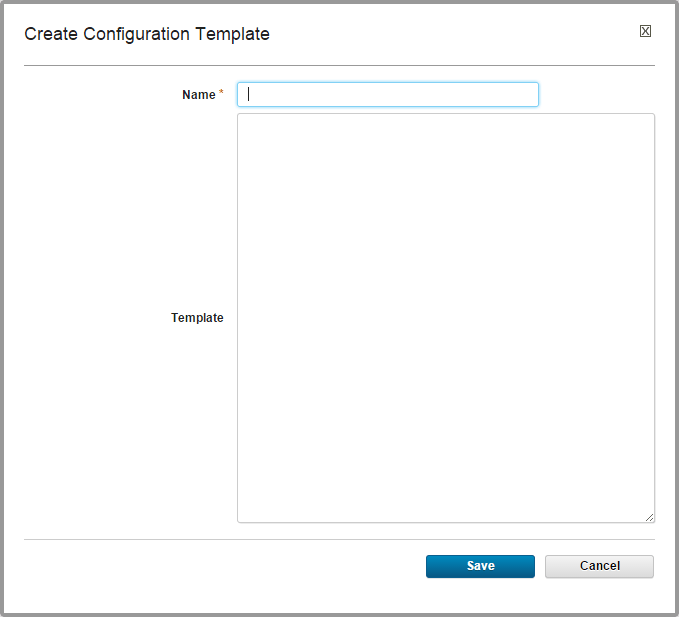Creating configuration files in component processes
Configuration templates are templates for files that are created during a component process. Typically, the data is for configurations for web servers, but the files can be used for any application that you deploy.
About this task
database.username=@DB_USER@@DB_USER@ reference.As an alternative to
using configuration templates, you can also use the Create File step. In this case, you specify the
contents of the file in the Contents field and include property references in
the usual syntax of ${scope/propertyname},
where scope is the scope of the property and
propertyname is the name of the property.
Procedure
- Click to open the Create
Configuration Template window.

- Type a name in the Name field.
- In the Template field, enter or paste the template text. Text can be in any script. The amount of text is based on the database that HCL Launch uses.
- Save the configuration template.
- To use the configuration template in a process, add the
Install Template step to a component process: